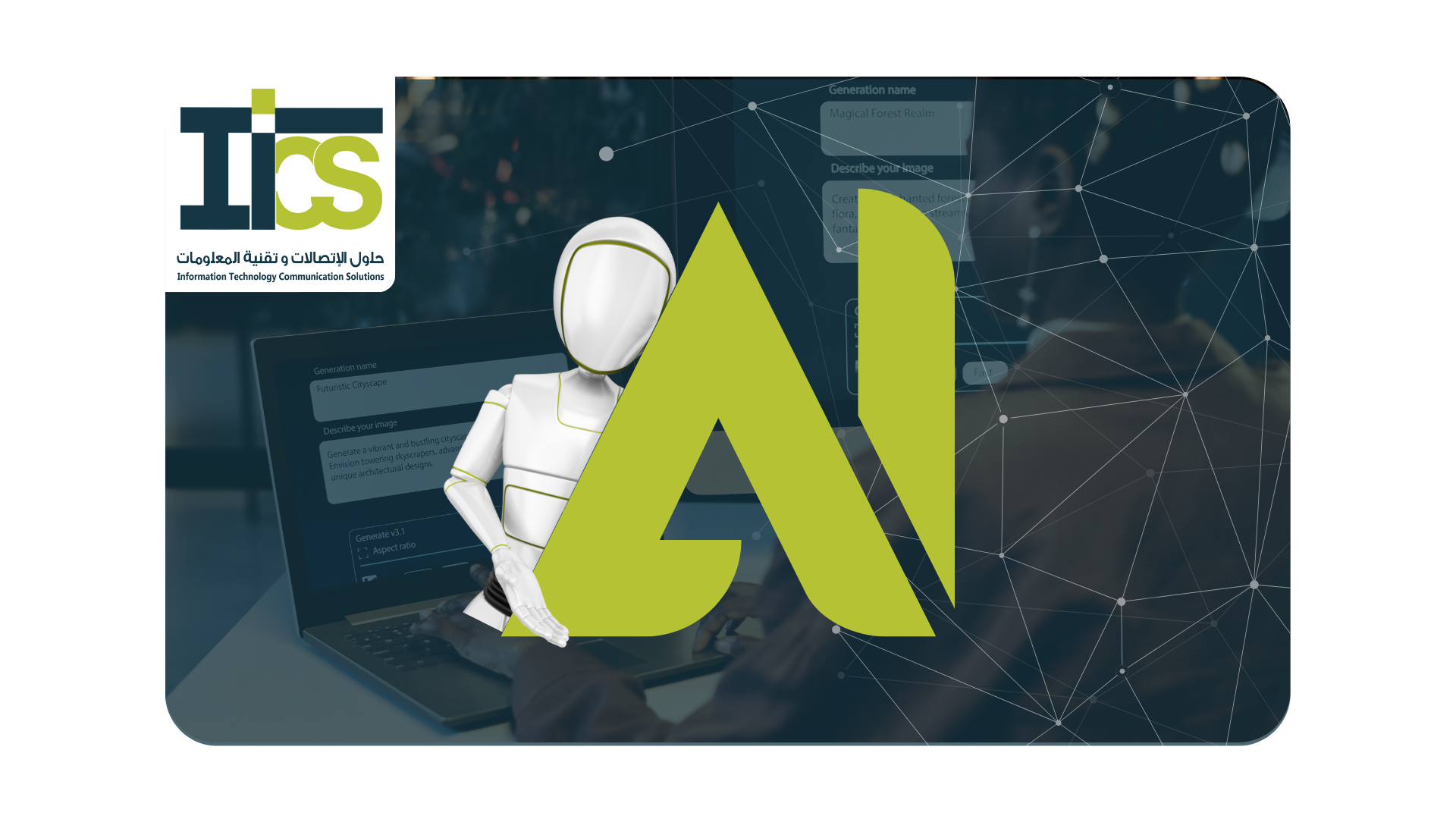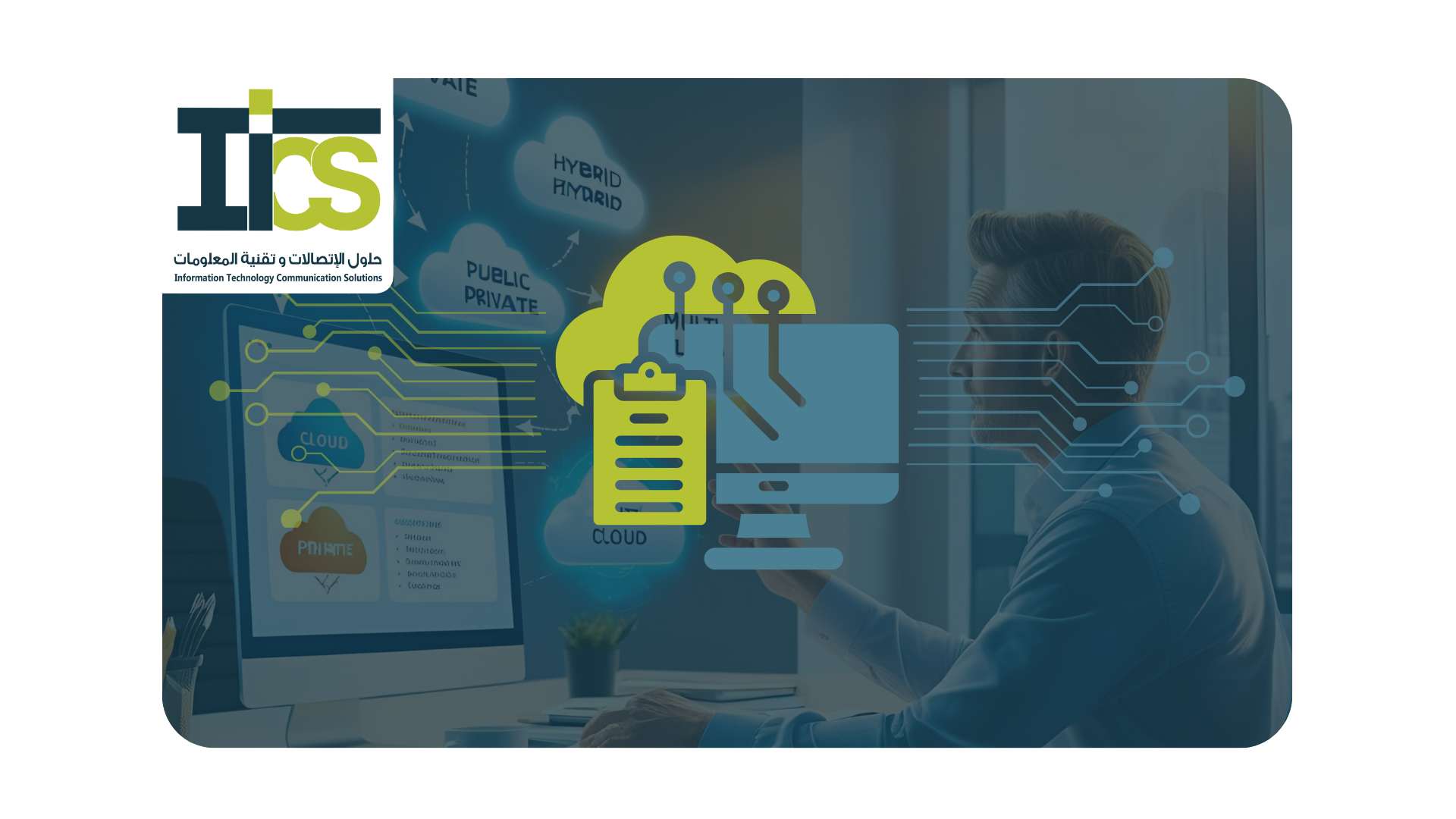How to Choose Between On-Premise vs Cloud Servers in Saudi Arabia
Explore the key differences between on-premise and cloud servers in Saudi Arabia, and how businesses can make the right infrastructure choice based on data privacy, cost, performance, and scalability.

How to Choose Between On-Premise vs Cloud Servers in Saudi Arabia
As digital transformation accelerates in Saudi Arabia, businesses are faced with a key infrastructure decision: on-premise servers or cloud-based solutions?
With regulations like SDAIA’s data protection framework, increasing adoption of Vision 2030 tech initiatives, and the availability of major cloud providers like STC Cloud, Oracle Cloud, Google Cloud, and AWS Middle East (Bahrain)—making the right choice is more strategic than ever.
What’s the Difference?
- On-Premise Servers: Physical servers hosted within your company's location. You own, maintain, and control all hardware and software.
- Cloud Servers: Virtual servers hosted by third-party providers, accessible via the internet, usually paid monthly or annually.
Key Factors to Consider in Saudi Arabia
1. Data Privacy & Compliance
Saudi businesses must ensure data sovereignty. On-premise gives full control over data location, ideal for sensitive industries like finance, defense, and healthcare.
✅ On-Premise Wins for: Government agencies, regulated sectors
✅ Cloud Wins for: Businesses using local cloud zones (e.g. STC Cloud, Oracle Saudi Arabia)
2. Cost & Budget Planning
- On-premise: Higher initial investment (hardware, setup, IT staff), but lower long-term costs for stable workloads.
- Cloud: Lower upfront costs, pay-as-you-go pricing, but potentially higher long-term expenses if not optimized.
✅ Choose Cloud: For startups and businesses scaling quickly
✅ Choose On-Premise: If you want to avoid recurring expenses
3. Performance & Latency
Latency matters in AI, analytics, or real-time apps. On-premise offers predictable performance. However, local cloud data centers in Riyadh and Jeddah have significantly reduced cloud latency in 2025.
✅ Choose On-Premise: If ultra-low latency is mission critical
✅ Choose Cloud: If you're using Saudi-based zones (like Oracle Riyadh or STC Cloud)
4. Scalability
- Cloud: Instantly scale resources up or down based on demand.
- On-premise: Scaling requires purchasing and installing additional hardware.
✅ Cloud Wins: For unpredictable workloads and agile development environments
5. Security Control
- On-premise allows custom security configurations, firewalls, and full physical access.
- Cloud offers shared responsibility models with built-in security, but less direct control.
✅ On-Premise: For businesses needing strict access control
✅ Cloud: For modern SaaS companies with robust DevSecOps
Hybrid Approach: Best of Both Worlds
Many Saudi organizations are adopting hybrid models—keeping critical data on-premise while leveraging cloud for scalability and disaster recovery.
🛡️ Example: A hospital stores patient data on local servers but runs AI diagnostics in the cloud.
Conclusion
The right choice depends on your industry, compliance requirements, growth strategy, and budget. At ITCS.sa, we help businesses across Saudi Arabia design tailored infrastructure solutions—whether cloud, on-premise, or hybrid.
Need expert advice? Contact us for a free assessment.
Visit https://itcs.sa/changelog/blog/ for more tech articles.







No approved comments yet. Be the first to comment!